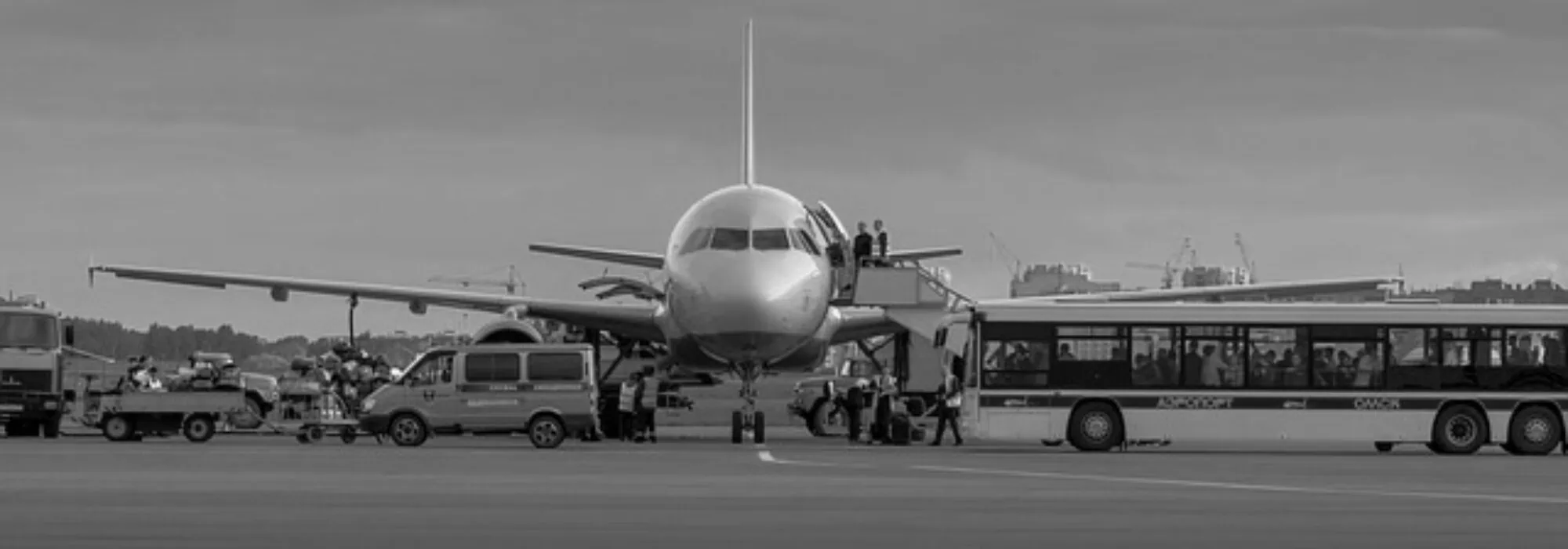
There is an abundance of research into the behaviour of airline passengers in the literature: willingness-to-pay for various services is a popular topic, also among students writing their final theses. Another research topic chosen by students in the last year concerns the ‘white spots’ and ‘grey spots’: the destinations not yet offered, and the destinations that offer room for growth. Together with Schiphol Airport, two students looked into these white spots and ‘grey spots’. The basic methodology of this research is a gravity model, but, as is common in the aviation literature, ‘service variables’, such as frequency of service and fare, were included to explain passenger flows. Recently, a student identified as ‘white spots’ for Amsterdam Airport Schiphol, amongst others, Orlando (Florida), Bombay and San Jose (Costa Rica). These destinations will be included in the networks of Delta (Orlando) and KLM (Bombay and San Jose) as from 2018. This shows that the model used accurately forecasts destinations and replicates network decisions by major airlines.
Although research into air cargo is necessary, the topic receives relatively little attention in the literature. This may be caused by a lack of information. In 2015, York Aviation concluded that the UK Airports Commission strongly focused on passenger traffic, with little attention for the air cargo market, possibly by a lack of information on the latter topic. Understanding the economic importance of the cargo market is crucial, also for airports and airlines, because luggage space onboard aircraft is often used to transport cargo. If an airport or airline is able to identify the destinations that offer the most potential for transporting cargo, the available capacity can be used more efficiently. Which destinations are important in the air cargo sector? Which variables determine air cargo flows? If we can answer such questions, researchers and policy makers will better understand the air cargo market. To this end, a gravity model is used to describe air cargo flows worldwide.
A next step in this research may be to describe the ‘white spots’ in the network of Schiphol. The first results show that the above mentioned ‘service variables’ are indeed important, but that air cargo flows also depend on the industrial makeup of the regions surrounding the origin and destination airports. For instance, air trade between origin A and destination B is negatively influenced when A imports a huge volume of capital equipment. Air trade between A and B positively influenced when A imports raw materials and consumer fashion goods, and exports capital equipment, consumer fashion goods and high tech goods. Further research will verify such results and clearly point out the policy implications for airports and airlines.
September, 2017